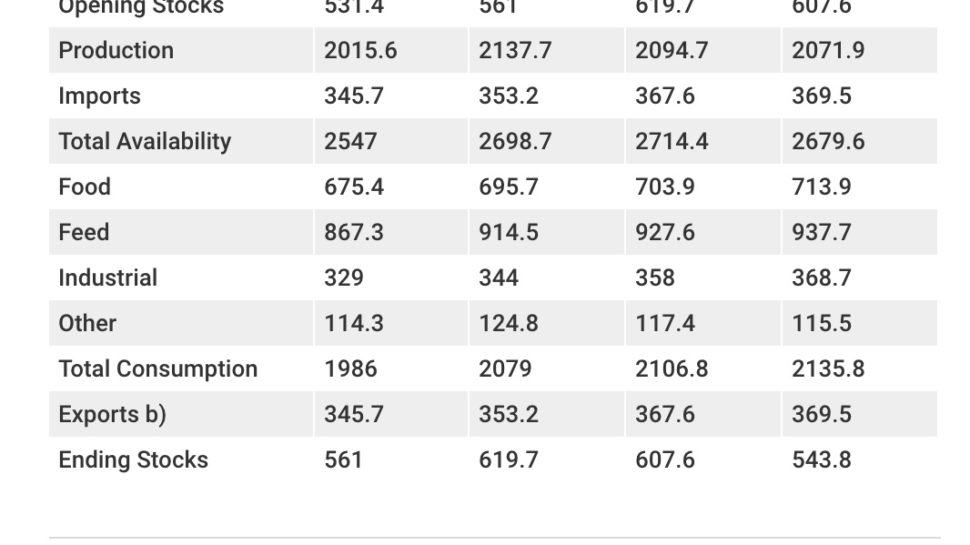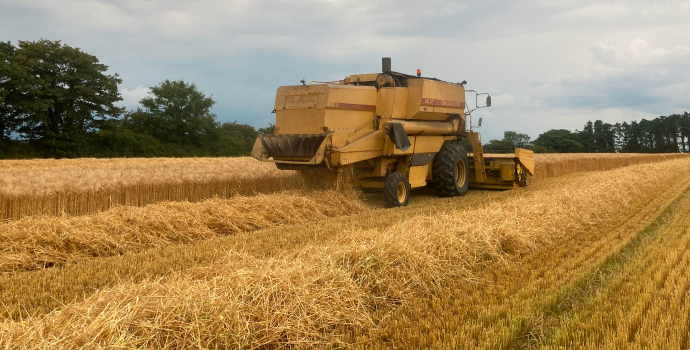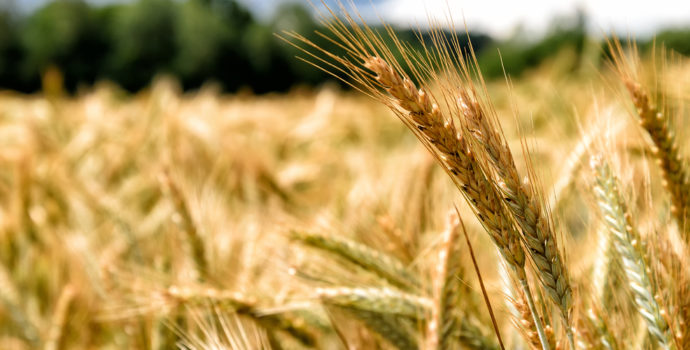
The volatility in world grain markets at the end of last week, understandably had an effect on domestic feed prices. The biggest influence has been the drop in maize prices by €5/t, due to an increase in Ukrainian production and the continuation of positive harvest reports from the US. Due to its proximity to the Irish market the planned closure of a second ethanol plant in the UK which was using a lot of feed wheat did not help sentiment either. However, despite a slight softening in spot wheat and barley prices, quotes for January to March have remained stable.
International markets have experienced a lot of turbulence over the past week. Initially we saw a sell-off which threatened to breach some of the technical levels set in recent weeks. The sell-off was mainly attributed to a combination of a stronger dollar, increased production forecast from Russia, good harvest progress and just basic technical selling. Futures then rebounded off the lows on Friday and over the weekend into Monday. News that Egypt was looking to buy US wheat, a further reduction in Australian production forecasts due to drought and a reassertion of the supply/demand fundamentals in the world wheat markets helped to drive markets higher.
Recently The International Grains Council (IGC) raised its forecast for world wheat production in the 2018/19 season by 12 million tonnes to 729 million tonnes, largely reflecting an improved crop outlook in China. It also forecast an expansion in world wheat area for the 2019/20 harvest, the first gain in four years, although it noted “more rain is needed for planting and crop establishment in some major producing areas, especially in parts of the EU, Russia and Ukraine”. The inter-governmental body maintained its forecast for world corn (maize) production in 2018/19 at 1.074 billion tonnes.
However, the report from the IGC also confirmed that a drawdown in both wheat and corn stocks was still expected during the 2018/19 season with overall grain stocks seen falling to a four-year low. The organisation predicts that world use should continue to increase on demand from global feed, food and industrial sectors.


